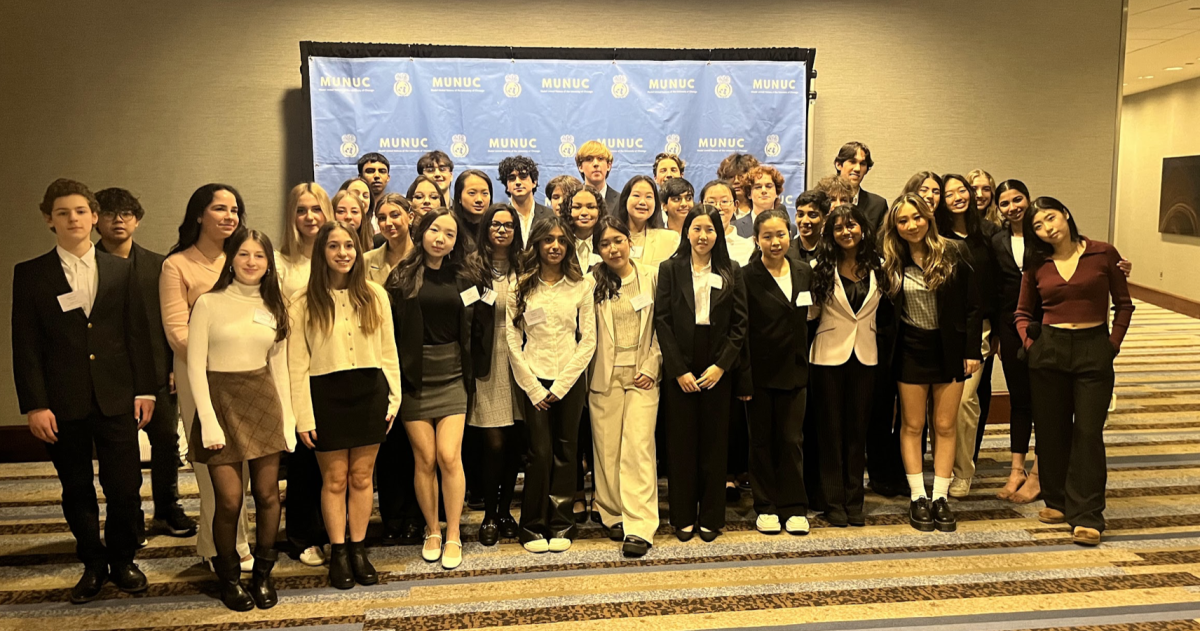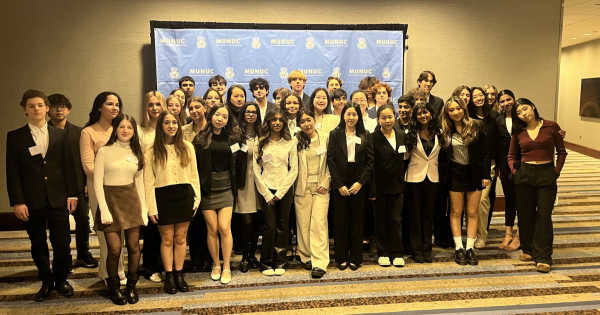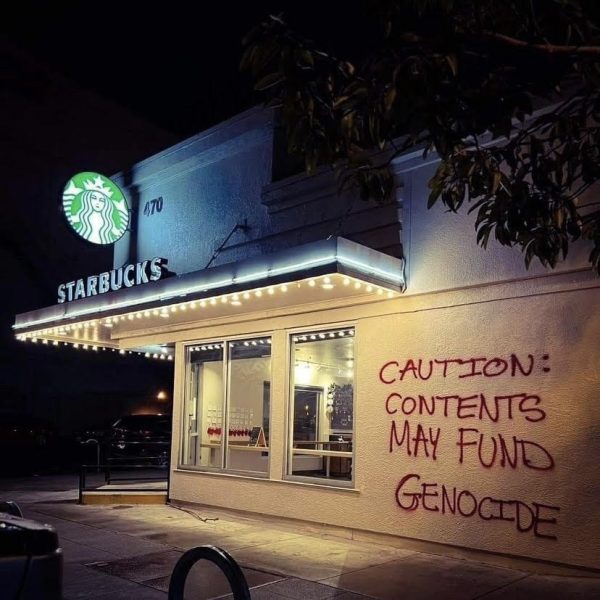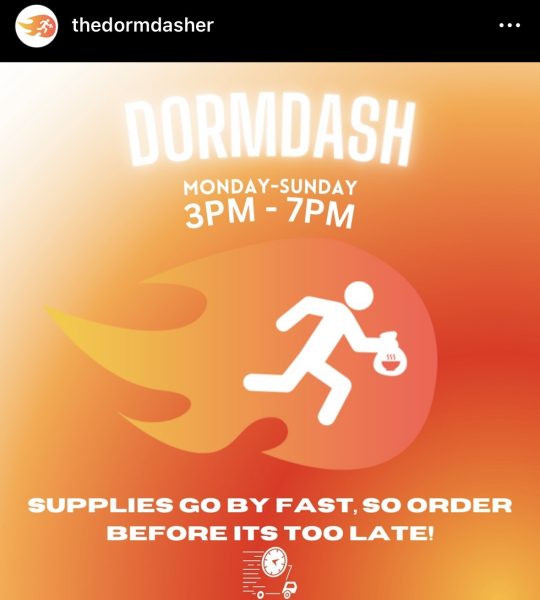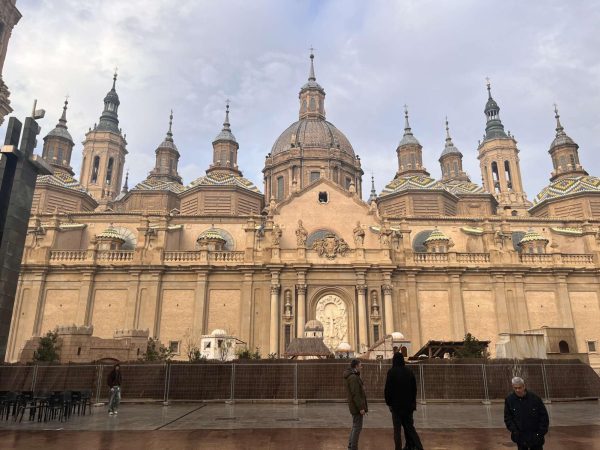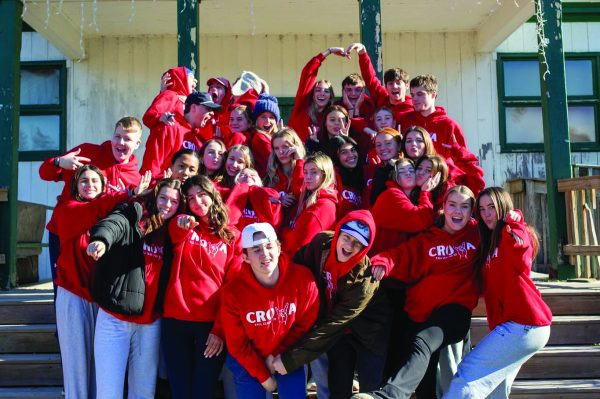The Sparkling Celebration of Diwali
March 31, 2023
A blur of vivid colors filled the Cressey stage as students gilded and twirled around each other, silk skirts swirling across the floor. Delectable scents of samosas and bombay wraps emerged from the Student Union. Lively bollywood music pulsated through the dance room, filled with stomping feet and joyous laughs. Hands decorated with rich maroon tones of henna held crackling sparklers, illuminating the quad. This was the celebration of Diwali at LFA.
Diwali is the festival of light, celebrating the victory of good over evil. Friends and family unite, exchange gifts, enjoy special sweets, and dance together. Celebrated in Hinduism, Jainism, and Sikhism, Diwali is rooted in Hindu mythology which states: Lord Rama alongside his wife, Sita Devi, and his brother, Lakshamna, returned home after being exiled for 14 years. Rama defeated the demon king Ravana and villagers lit a path of clay lamps along his way home in a gesture of appreciation of Ramas feats. This day is now known as Diwali or the festival of lights; as Nirali Dalia, South-Asian Student Union [SASU] faculty advisor described, “Diwali is one of the biggest celebrations or holidays in India; it is the celebration of good over evil or light over darkness.”
Diwali is celebrated in a multitude of ways, depending on peoples’ respective religions and traditions. However, light plays a major role in most gatherings: with light rooted activities such as sparklers, fireworks, and the decoration of diyas (candle holders). Rangoli (sand art) is a typical Diwali tradition as well as specific holiday foods. Sweet desserts like kaju katli (a sort of cashew fudge) and Gulab Jamun (fried balls of dough soaked in a simple syrup) amongst others are consumed during this holiday. Savory snacks like Murukku (a twisted crunchy snack) or mutha (a vegetarian gujarati snack made of chickpea powder, spices, sugar and oil) are also enjoyed at this time.
At LFA, Diwali was celebrated in a series of events on the Friday (10/21) prior to the holiday. First, SASU performed Dandiya, a dance honoring the Goddess Durga, a major Hindu Goddess who is associated with protection, at that Friday’s morning meeting. It utilizes sticks known as Dandiya sticks which represent the swords of Durga, which are hit against each other in different patterns which is done in tandem with various dance moves. SASU’s Dandiya Raas performance contained students hitting the Dandiya sticks in a specific manner and turning in a circle. Dandiya is a “traditional gujarati dance…that’s done typically during Navratri which is a month prior to diwali starting and that lasts ten days,” said Dalia. Navratri is a separate Hindu festival that is focused on honoring the Goddess Durga (like Dandiya Raas).
That Friday evening, SASU organized a catered dinner from Bombay Wraps, where the wraps – samosas, mango lassi, bowls, and assorted chutneys – were well received and wholly consumed. This energy was then maintained through a Diwali dance party held in the dance room. “Again we did Dandiya Rass and invited everybody to dance with us to celebrate the activities.” said Swati Tanwar, faculty advisor to SASU. After the Dandiya Raas, the SASU leaders instructed the group in some bollywood-style dancing as well.
The celebration saw a high turnout of boarding and day students alike who packed the dance room, following along with the instructed dances with rowdy glee. After a near hour and a half of dancing the students spilled out onto the patio of the Student Union where the night was capped off with the lighting of sparklers. “It was really fun to see the number of students that came out for the dancing in the dance room on friday evening. to see the number of day students that also participated and borders that chose not to sign up for other stuff and to attend was inspiring,” said Dalia. Tanwar also stressed her enjoyment in seeing the number of students attending stating: “Everybody was together, whether they knew the music or the lyrics or not they were all dancing together and moving their body in the same rhythm… everyone was feeling the joy.”
This successful celebration of Diwali serves as a reminder to the LFA community that, as Dalia put it, “If we’re staying true to our mission of being a global community then we have to not tokenize globalism or different cultures but… really integrate them into student life.”




